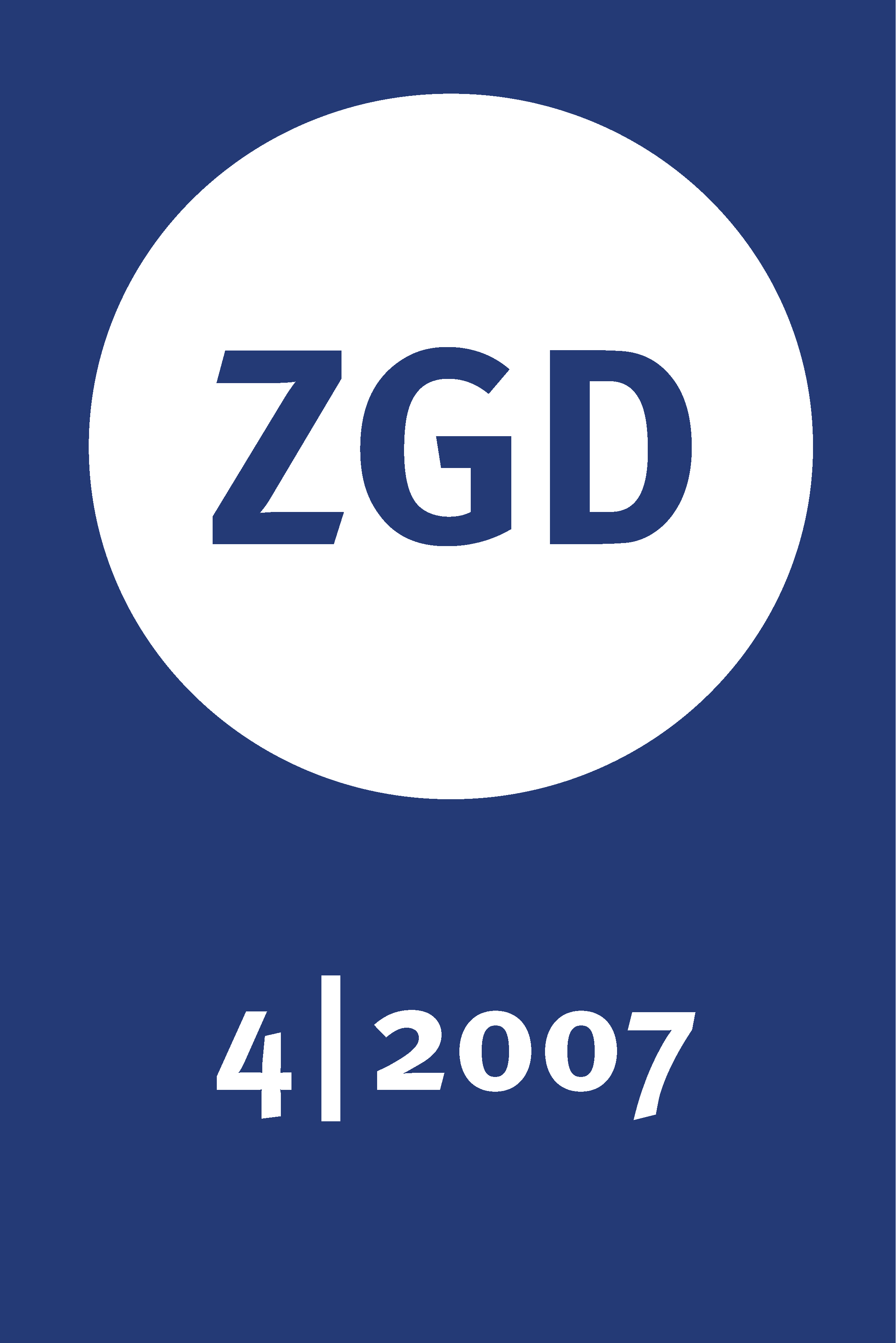Educational Reconstruction–A Key to Progress in Geoscience Teaching and Learning
DOI:
https://doi.org/10.60511/zgd.v35i4.222Abstract
The model of educational reconstruction by Kattmann/Duit/Gropengiesser/Komorek (1997) is a framework for the development of classroom instruction on the basis of constructivist teaching and learning. The model served as the theoretical background of a graduate course about constructivist teaching and learning in geography at the University of Education in Ludwigsburg, Germany. The course's focus was twofold: First, the students should gain an understanding of the importance of individual concepts and conceptual change in teaching and learning by working according to the model of educational reconstruction. Second, using the model as a theoretical framework, an entirely new way of seminar instruction should be applied. This involved the understanding of instructional development as a process based on a close interrelation of scientific and educational analysis of a particular subject content on the one hand, as well as individual educational research of the learners' preconceptions concerning that content on the other. This paper describes the model of educational reconstruction, explains its implementation into the course and the outcome of this project. From the experiences gained from the course it can be concluded that it is not sufficient to teach subject matter, pedagogical knowledge and constructivist ideas to enable students to create learning environments that facilitate meaningful constructivist teaching and learning in the geoscience classroom. Additional opportunities should be offered to students to initiate the process of conscious knowledge construction and conceptual change in order to better understand what teaching and learning on a constructivist basis means.
Downloads
Veröffentlicht
Zitationsvorschlag
Ausgabe
Rubrik
Lizenz
Copyright (c) 2023 Zeitschrift für Geographiedidaktik - ZGD

Dieses Werk steht unter der Lizenz Creative Commons Namensnennung - Nicht-kommerziell - Keine Bearbeitungen 4.0 International.







